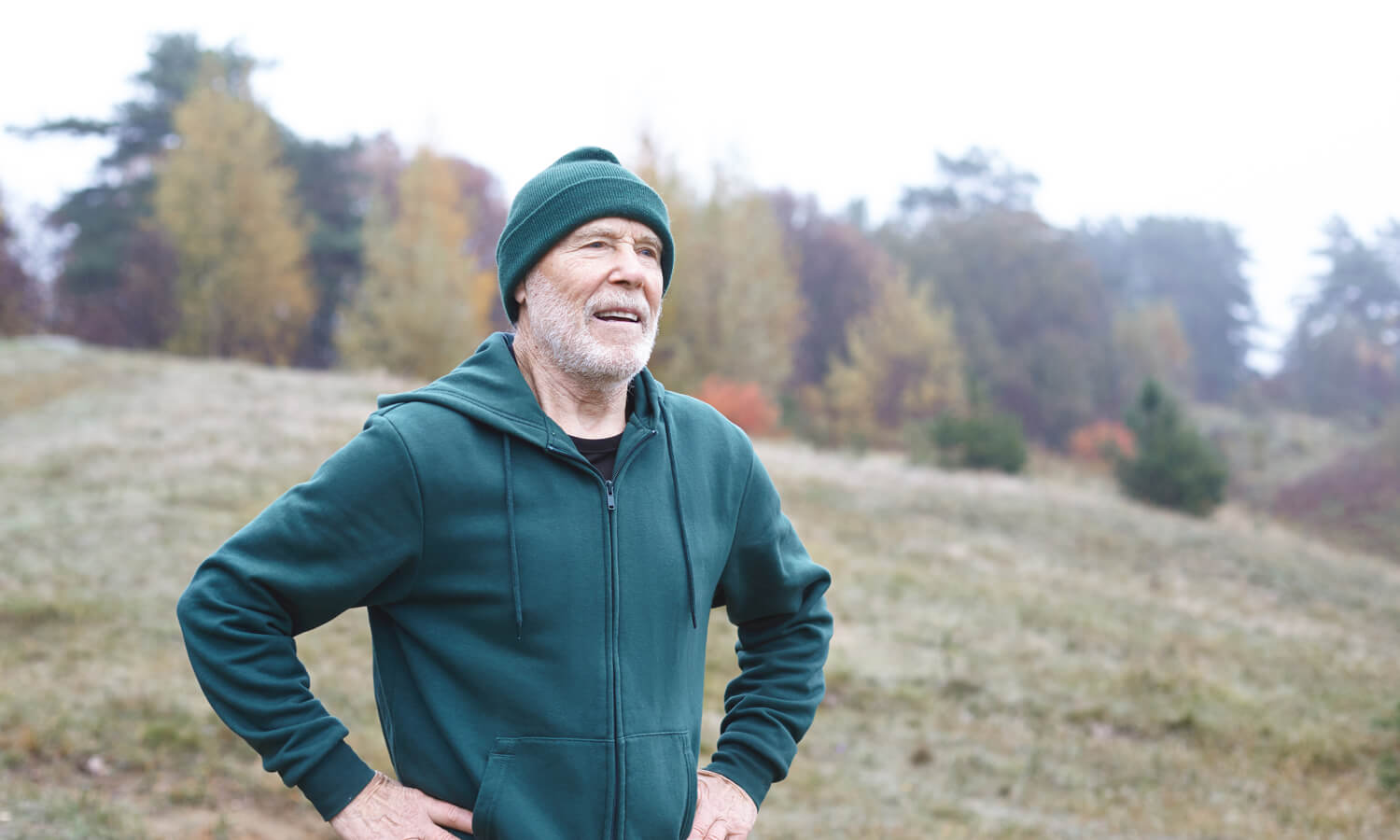However, Allan Small, senior investment advisor with the Allan Small Financial Group, has a different view.
“Obviously [you] have to make sure that there’s enough money in the portfolio that’s liquid to make the payment,” says Small. “I don’t believe in setting aside a bunch of money, which has to sit there so you can take the RRIF payments from it. I believe in investing as much as possible to take advantage of the market’s upswing—especially [those] over the last few years. I liquidate investments as necessary to pay investors the money they need as a RRIF payment. Owning dividend payers can really help and make it easier to pay out the investor as well. Thus, I design portfolios that always have dividends or interest coming into the account.”
Another consideration, mentioned by Ardrey, is to set up systematic withdrawal payments (SWPs) from investments. Much like contributing automatic savings, this automatically withdraws a set amount from an investment, allowing for a Canadian retiree to be able to “set it and forget it.” But, he cautions, if only drawing from one asset class, a periodic review of asset allocation is needed.
“De-risking” RRIFs under Trump 2.0?
While pondering the asset allocation is appropriate for this stage of your life, you may want to focus on selling the riskier securities, while preserving quality high-yielding dividend stocks and fixed income.
Financial planner John De Goey, a portfolio manager at Toronto-based Designed Wealth Management, recently wrote a blog suggesting that while Donald Trump remains president, conservative retirees may want to “de-risk” their portfolios. It’s time to stop being complacent and recognize that “traditional financial assets (especially stocks) are severely threatened.”
That doesn’t necessarily mean retreating to bonds and cash, though. De Goey is keen on alternative assets, like real estate, metals, resources and bullion, infrastructure and alternative assets that offer a strong cash flow. Small, on the other hand, isn’t making major changes to his clients’ portfolios, but says he has “begun to buy into this market again.”
Small continues: “I have been buying investment ideas on the cheap. Many stocks as an example are 15% to 20% on sale … I believe I can see a path forward through all this tariff talk.”
Once the reciprocal tariffs were introduced in early April, he adds, “I think this market can and will move higher (perhaps after a short down period when tariffs are announced) based on the certainty factor.”


Leave a Reply